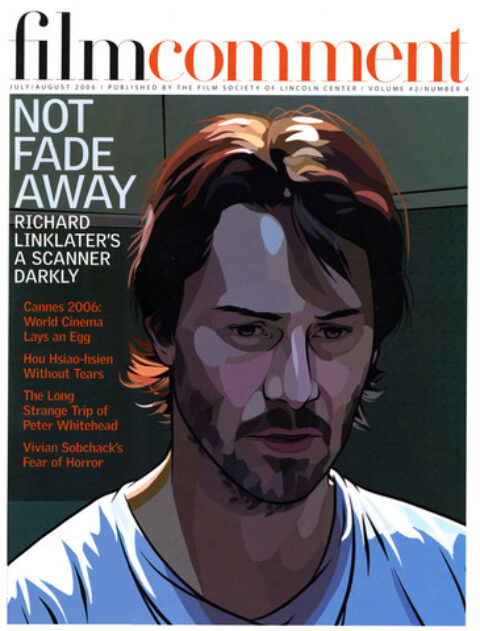
Nearly a decade after his rise to prominence began, François Ozon might seem to be the last filmmaker one could see drafting the outline of a trilogy, as the trajectory of his career resembles nothing so much as a ricocheting pinball, bounding and rebounding from genre to genre at an even clip of one film per year. Certainly there's a difference between being versatile and being fickle, and such a path doesn't mark one for disgrace. But Ozon, no longer shrink-wrapped as France's latest enfant terrible, now incarnates a modern-day and globalized transmutation of some minor studio journeyman, a secure and well-rewarded beneficiary of a system in which he thrives on enervated variation after variation on every manner of stylistic-thematic conceit found in post-Sixties international arthouse cinema.

Time to Leave keys itself from beginning to end on Melvil Poupaud-an impressive actor, most memorably seen as the boy who composes a sea shanty in Rohmer's A Summer's Tale, and also a Raúl Ruiz veteran since childhood. Here he plays the role of Romain, an arrogant and brusque fashion photographer, and within the first reel, Ozon's first gay male protagonist has been diagnosed with terminal cancer and renounced treatment. The film's remaining time is structured around a succession of self-contained encounters: dinner with his parents, a country visit to his grandmother (the only person to whom he reveals his condition), played by Jeanne Moreau, reconciliation with his sister, break-up sex with his boyfriend, and a threesome with a couple who asks him to father their child.
Unlike Patrice Chéreau's Son frère, few emotional or corporeal particularities are permitted to sink in, as Ozon designs these last days more around a skeletal arrangement of theses-ideas (memory, photography, reproduction) to be simply transposed into his mise en scène. Shooting in cinemascope for the first time, Ozon tends to frame his compositions broadly around a single set of contrasting focal points-e.g., Romain-the-observer snapping photos of Life (a healthy baby cradled in a mother's arms or scampering kids at play on a sunny day in the park). Time to Leave strikes a certain register of restrained placidity, yet in the end, succumbs to more and more frequent idealizing interludes of Romain dumbstruck before his dewy-eyed childhood self, memorializing Life and Memory before fully embracing Death. The conclusion aims at a poised moment of release, the screen fading on a seaside sunset as Ozon decorously summons a secondhand Death in Venice. In short, all the machinery, duly oiled, has been set in motion with the paltry virtues of assured competence and control, and the mechanism can now be prepped for volume three.








